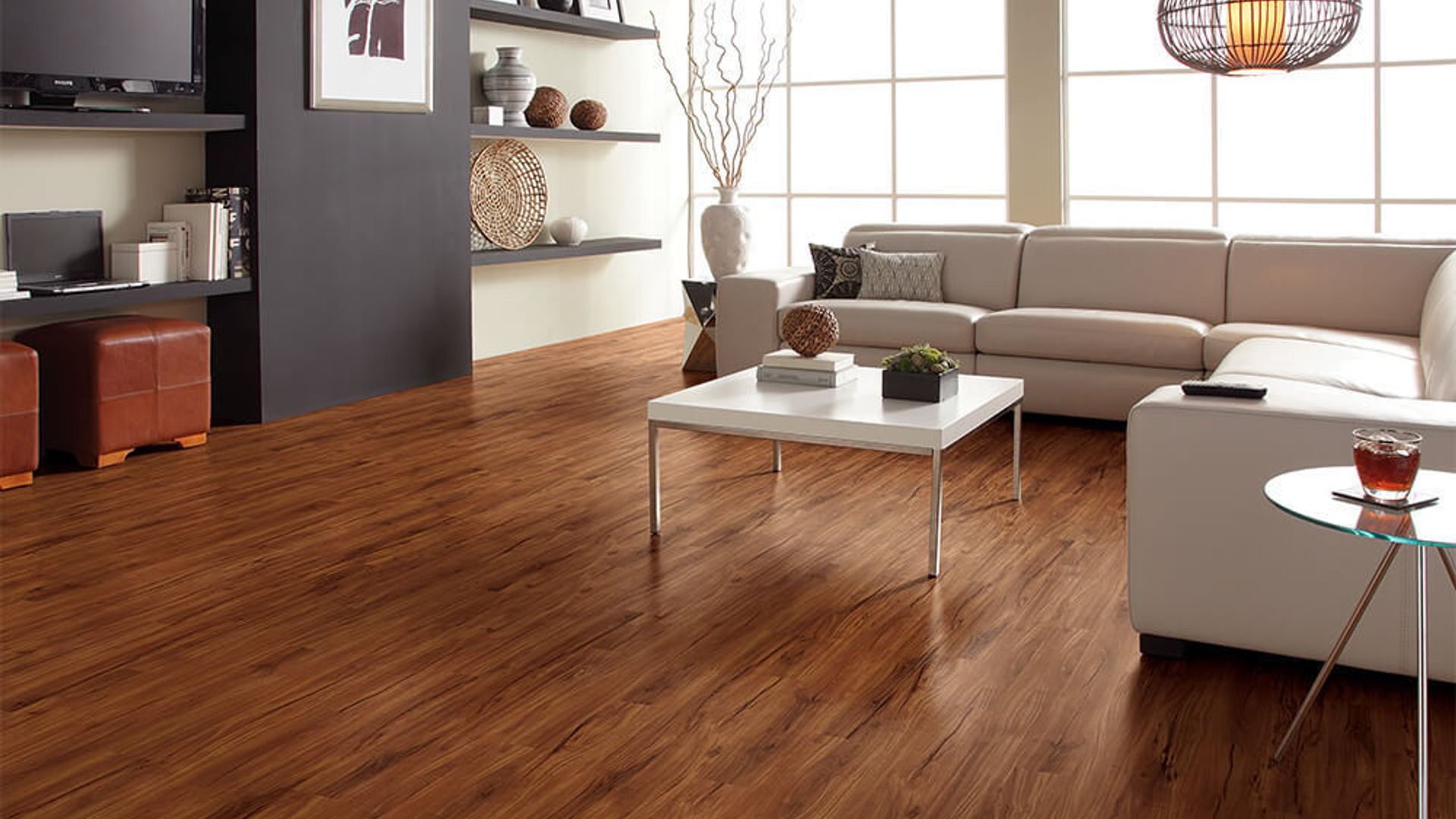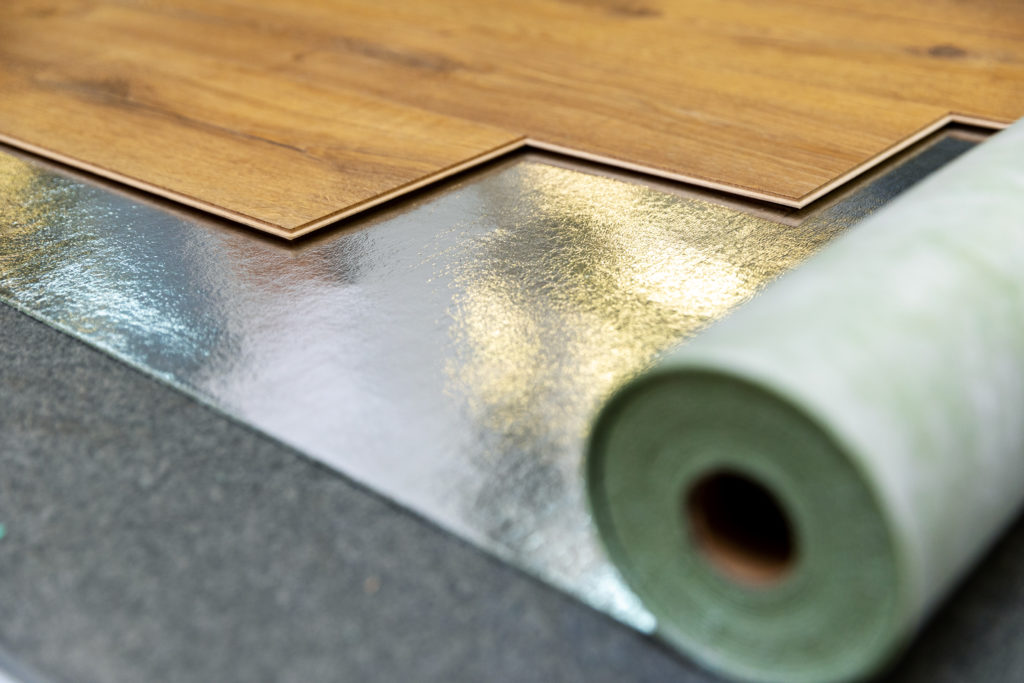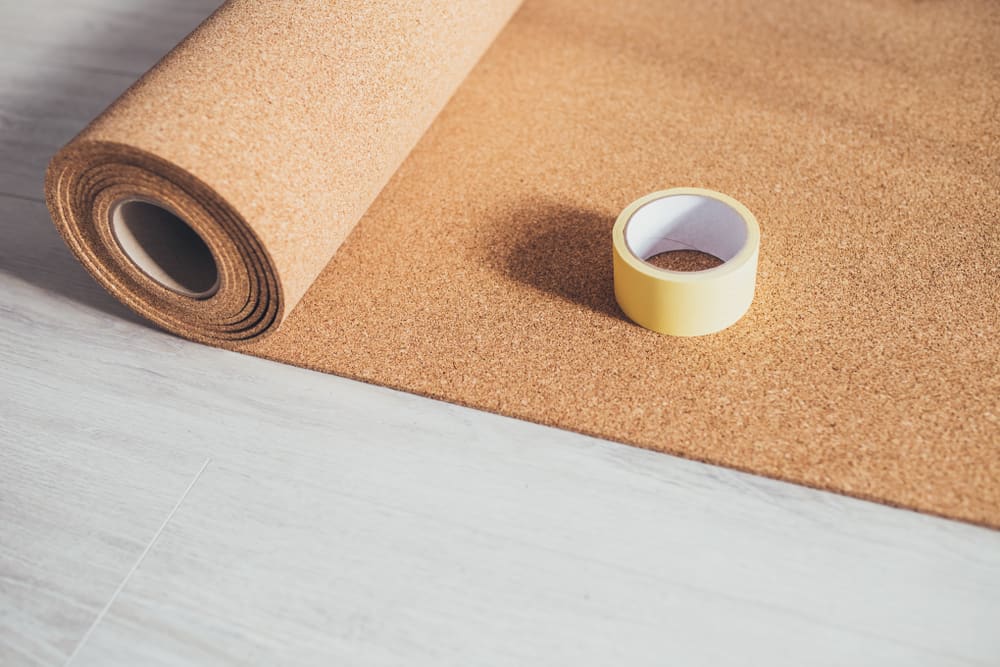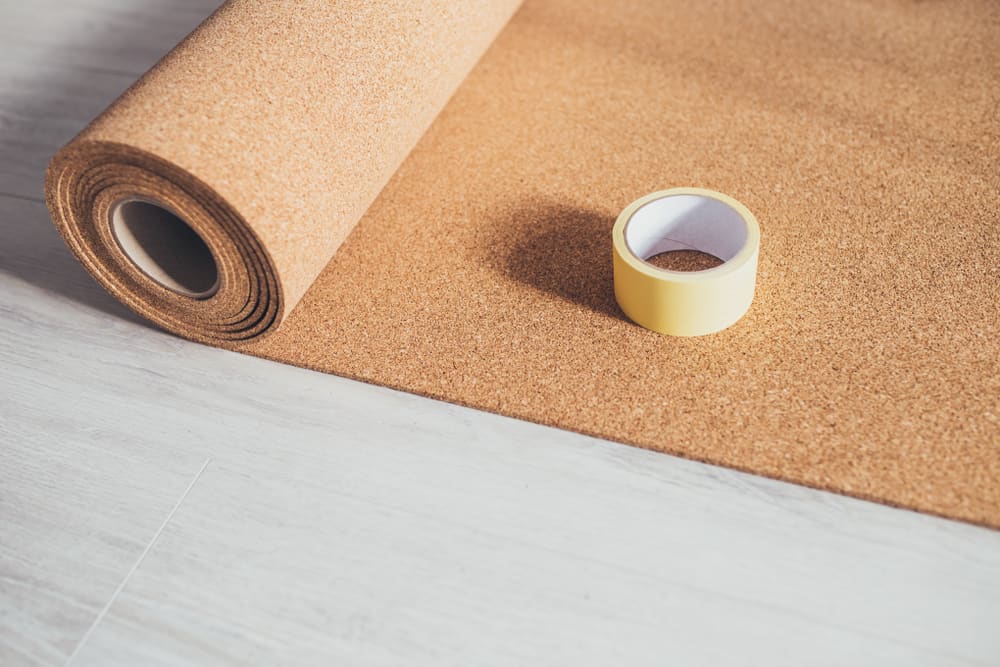The choice to replace your existing flooring with vinyl flooring was a wise one. It is a very beautiful type of flooring that mimics natural hardwoods and sometimes even natural stones. In addition to being water-resistant (some varieties are even waterproof), vinyl flooring is also extremely durable, resisting dents, scratches, and stains. You can be sure that vinyl flooring can remain beautiful and in great condition if properly maintained. When the subfloor is prepared properly, installing vinyl flooring is a fairly simple process. It may be necessary to use an underlayment in some instances, but it may not be so in others.
Today is a guest post from our friend Carlos. A common question many will ask, so you ask, and we answer!

Photo: COREtec
How Does Vinyl Flooring Underlayment Work?
There are several components that makeup flooring, including joists, subfloors, underlayments, and finish materials. It is the joists that form the framework of the home, and it is the subfloor (usually plywood) that sits on top of them. Subfloor underlayment is a thin material that is placed over the subfloor prior to the finish flooring material being applied. Apart from being a moisture barrier, underlayment for vinyl flooring serves a number of functions, including sound deadening and softening the feel of the floor underfoot.
Is Vinyl Flooring Underlayment Necessary?

Photo: FlooringStores
First... Are you doing a floating floor method of installation? If yes, then underlayment is required. No more reading is needed, a floating floor is just that, floating on top of underlayment. No glue is used, the planks click together and the flooring material is installed over top of underlayment. If the plank already has underlayment attached, then no need to buy more (unless very unique situation).
Seeing your current flooring will give you a good idea of whether you require underlayment for your new vinyl flooring. Depending on the combination of your subfloor and vinyl flooring, you may need to use an underlayment. The first thing you should do is look for a recommendation from your flooring manufacturer. It is not necessary to apply underlayment to vinyl flooring over cushioned vinyl or tile installed below grade. In every other case, it is necessary.
Underlayment is not required if the vinyl flooring will be laid over a cushion-backed vinyl floor or a tile floor below grade. In all other applications, however, you should use one, such as covering existing hardwood floors, vinyl flooring without cushion, and concrete floors. In addition, if your vinyl flooring has an underlayment installed, you do not require an underlayment; however, a vapor barrier may be necessary.
How to Determine The Best Underlayment for Vinyl Flooring?
The best underlayment for vinyl flooring is determined by a number of factors, some of which may not be obvious at first glance. Among the most significant factors to consider are:
- Your choice of vinyl flooring (different types of cores, sheet versus plank, etc.)
- The method of installation you choose (glue-down, floating, etc.)
- The material of your subfloor (concrete, wood, etc.)
- Your flooring product specifications.
- Your preference and specific needs.
How To Choose Underlayment For Vinyl Flooring?

Photo: WhatIsVinyl
There are several types of underlayment that can be used for vinyl flooring depending on the subfloor as well as whether it is concrete, plywood, or an existing flooring surface.
Concrete Subfloor Under Vinyl Flooring Underlayment
You may wish to use an underlayment with some additional cushion when installing vinyl flooring over a concrete subfloor. In addition, you may want one that provides some additional moisture protection, as well as some insulation. With concrete subfloors, a cushiony underlayment, such as foam or cork, is recommended. In addition, it can have a significant impact on insulation. It is particularly important to consider this if you live in an area with a cold climate.
Please note: cushion is good, but too much cushion is bad. Be careful and follow manufacture guidelines and avoid too much give under a floating floor. The joints where the planks click together can crack if the underfloor has too much cushion. So 1mm and 1.5mm is common thickness of pad attached underlayment for vinyl. A thick laminate floor (like 12mm) has thicker material for the locking system, but rigid core vinyl is thinner... so if a core material you are installing is only 4mm, then a thick underlayment with too much cushion Lilley leads to your floor (joints) cracking under pressure of foot traffic walking on it.
Plywood Subfloor Under Vinyl Flooring Underlayment
It is not necessary to use an underlayment that is moisture resistant on plywood. Underlayments should dampen sounds and provide a comfortable feel in order to be effective.
Existing Flooring Under Vinyl Flooring Underlayment
If you plan to install vinyl flooring over tile, vinyl flooring, or hardwood floors, you should take this into consideration. As with plywood flooring, an underlayment provides cushioning and sound reduction, so you do not need to worry about a moisture barrier.
Watch this video to know more:
Underlayment is not always necessary for vinyl floors. There are some floors that will lose their warranty if they are paired with the incorrect underlayment. So you have to make sure that you communicate with your flooring providers about this to make the best decision for your vinyl flooring.
Other flooring blog articles you may want to read:
FACTORS TO CONSIDER BEFORE INSTALLING VINYL FLOOR
BEST BUY VINYL FLOORING | COMPTON SPC VINYL
CORETEC PLUS LUXURY VINYL PLANK: A VINYL FLOORING OPTION WITH FORM AND FUNCTION
